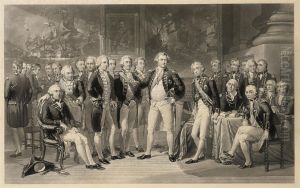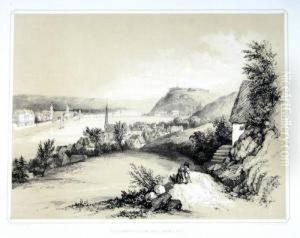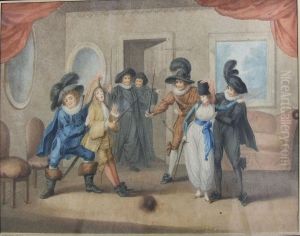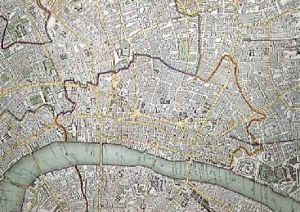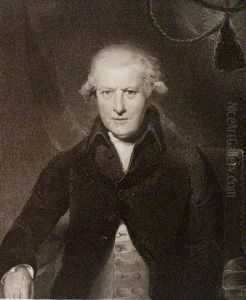Charles Knight Paintings
Charles Robert Knight, born on October 21, 1901, in Brooklyn, New York, was an American artist renowned for his influential paintings and sculptures of animals, particularly prehistoric creatures and dinosaurs. His work is known for its scientific accuracy combined with artistic flair, and he played a significant role in shaping the public's perception of prehistoric life.
Knight's interest in nature and animals began at an early age, and he was largely self-taught in his artistic pursuits. Despite suffering from a visual impairment that left him with only partial sight in one eye, he developed his skills in painting and sculpture, focusing on animals as his primary subject matter. He studied at the Art Students League of New York and found early success illustrating for magazines and books, which eventually led to his work being noticed by museums.
In the early 20th century, Knight began collaborating with paleontologists at the American Museum of Natural History in New York City, where he produced a series of murals depicting ancient life. These murals became iconic and were instrumental in bringing the latest scientific discoveries to the general public in a vibrant and accessible way. Knight's work was characterized by his dedication to accuracy; he would often consult with scientists to ensure that his depictions were as true to life as possible, given the knowledge of the time.
Knight's influence extended beyond the museum walls; his paintings were reproduced in various publications, including National Geographic, and his work informed the portrayal of dinosaurs in popular culture, including early films. His art has been credited with inspiring future generations of paleoartists, and his legacy lives on in the continued fascination with and visualization of prehistoric life.
Charles Knight passed away on April 15, 1995, leaving behind a body of work that remains a benchmark for the intersection of art and science, particularly in the field of paleontology. His contributions to the artistic representation of natural history have made him a legendary figure within both the art and scientific communities.
